The Royal Observer Corps were a group of appointed civilians who manned bunkers across the country during the Cold War in case of nuclear attack. Luckily this never came to pass, and on the 30th anniversary of their stand down, Sarah Harper looks back at their important work.
The threat of a nuclear attack on Britain during the Cold War (1947-1991) was a very real danger. Citizens witnessed the increasing tensions between the USA and the USSR and began to feel fearful and anxious that the country could be wiped out in one swift attack. Civil defence was key in calming these fears and attempted to offer hope and practical guidance for nuclear survival.
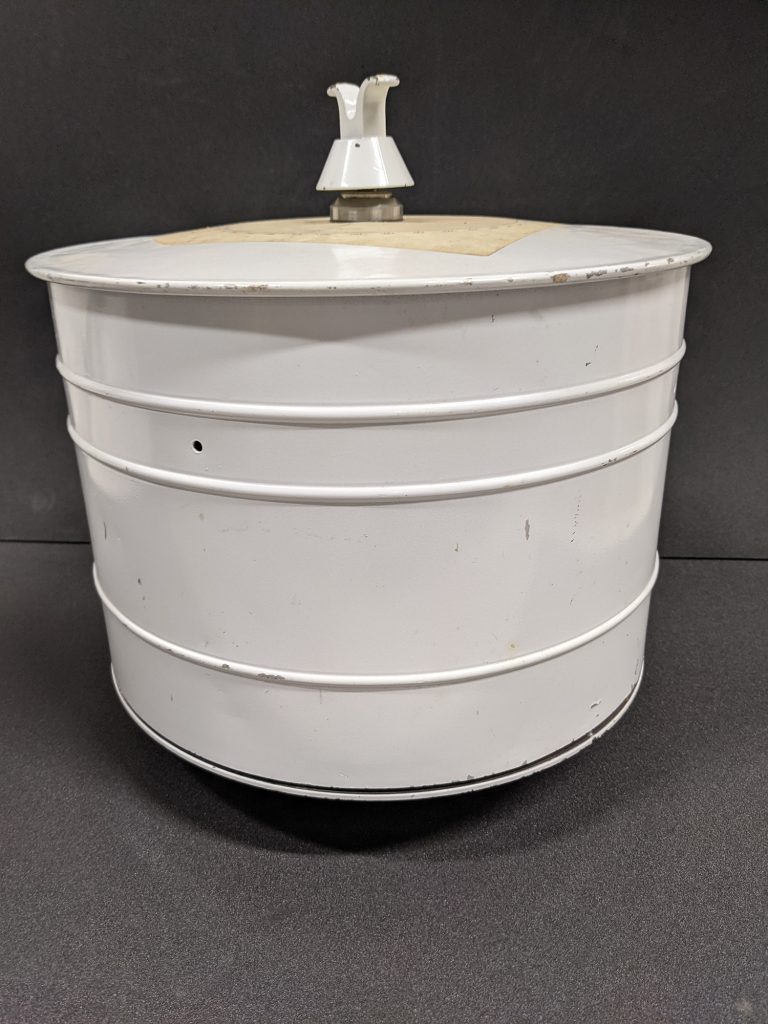
Ground Zero Indicator (EF.1992.95.23) 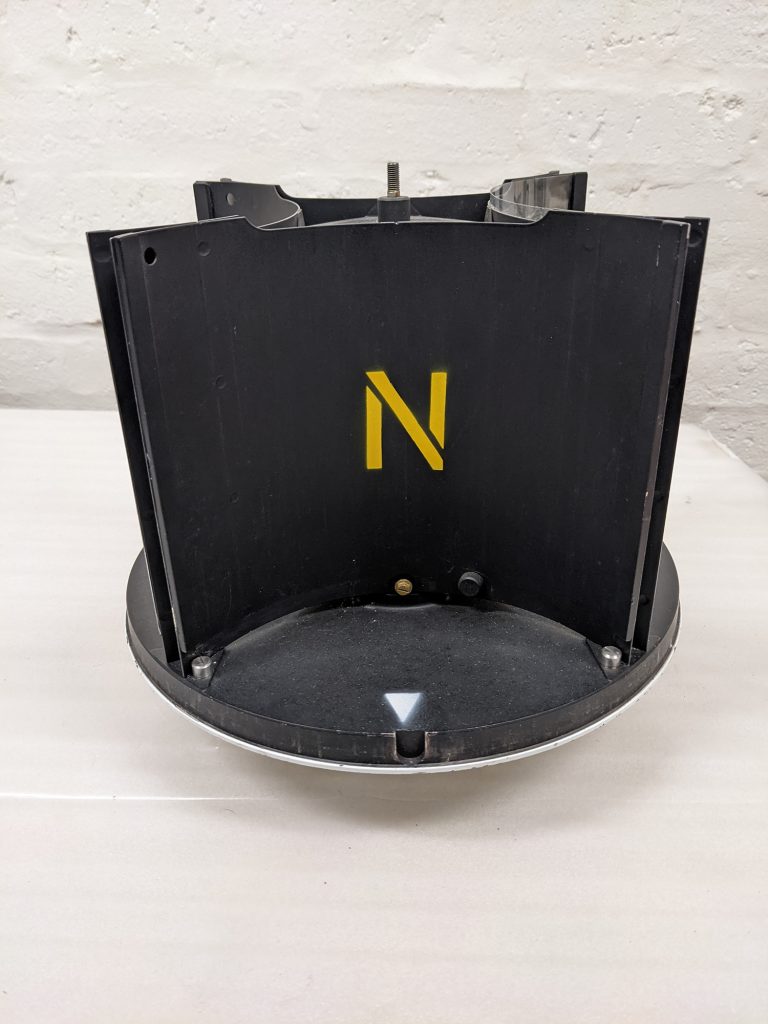
The inside of the Ground Zero Indicator
The Royal Observer Corps (ROC) were a uniformed civilian organisation tasked with preparing for nuclear disaster and would step up to maintain control of Britain should an attack happen. Fortunately, tensions neutralised and the Cold War did not turn hot. As a result, the ROC was not mobilised and were stood down towards the end of the Cold War on 30 September 1991.
The 30th anniversary of the stand down of the ROC offers an opportunity to explore what their role was and examine key pieces of ROC equipment preserved by National Museums Scotland.
The roots of the ROC can be traced back to the German Zeppelin raids during World War One, when volunteer observers would watch the skies manning searchlights. Their motto ‘Forewarned is Forearmed’ alludes to their Second World War role where they were responsible for aircraft recognition and communicating information to British defences. The ROC was key in helping during the Battle of Britain and led to them being awarded ‘Royal’ status. Although temporarily stood down in May 1945, increasing international tensions and the development of fast-paced fighter jets justified their resurrection in January 1947. So began their Cold War role.
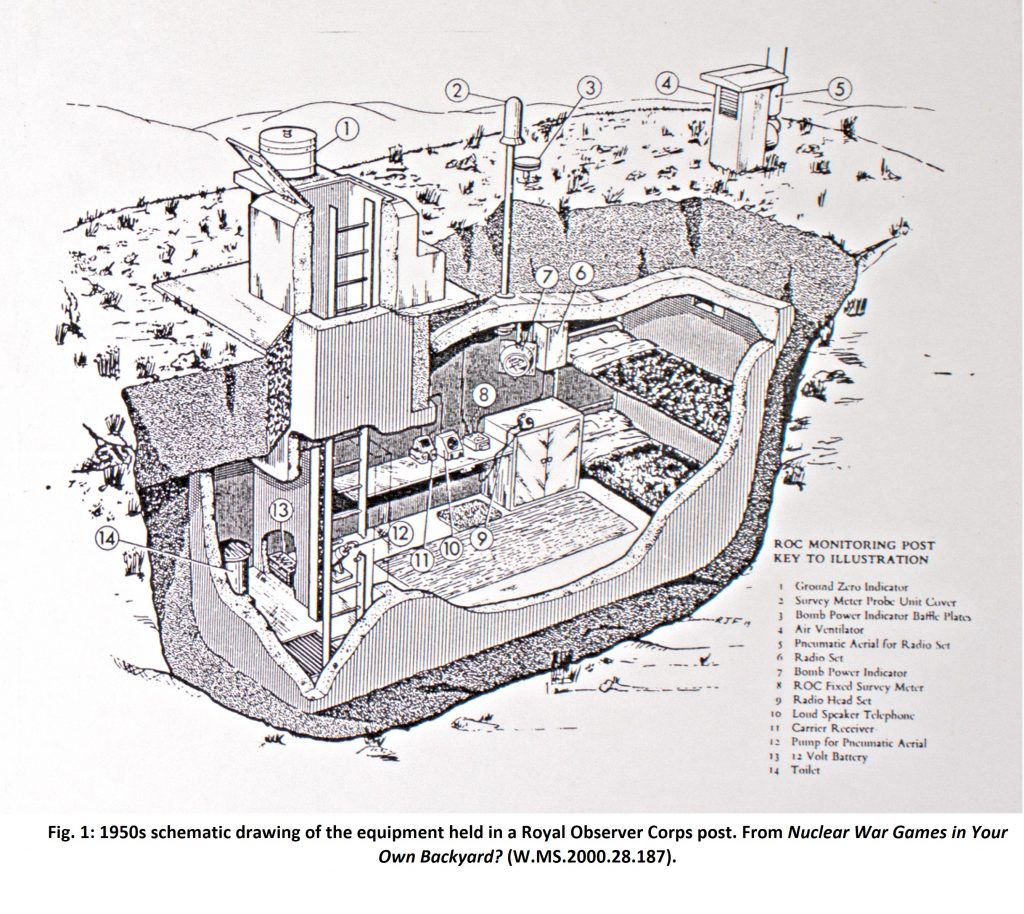
During the Cold War, ROC volunteers manned small underground monitoring posts or ‘bunkers’ across Britain. In the event of a nuclear attack, Observers would hurry to the post where they would report any bomb bursts, fallout radiation levels and calculate their distance from ground zero using specialist equipment. From 1957 onwards, 1560 posts were constructed, all of the same uniform design and contents. Posts were grouped into clusters of two to five posts, approximately 8 miles apart with one acting as the master post.
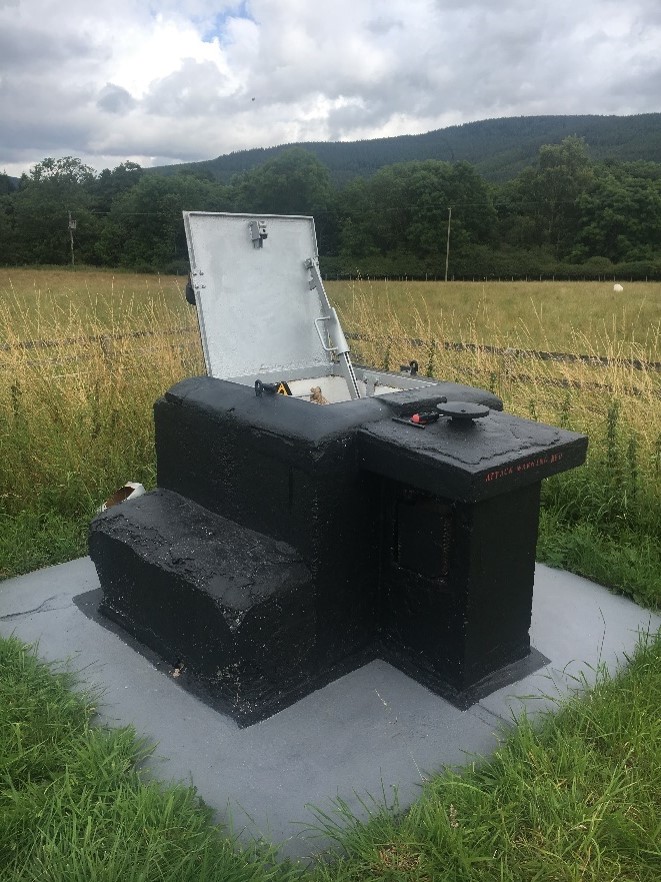
Traquir ROC Post 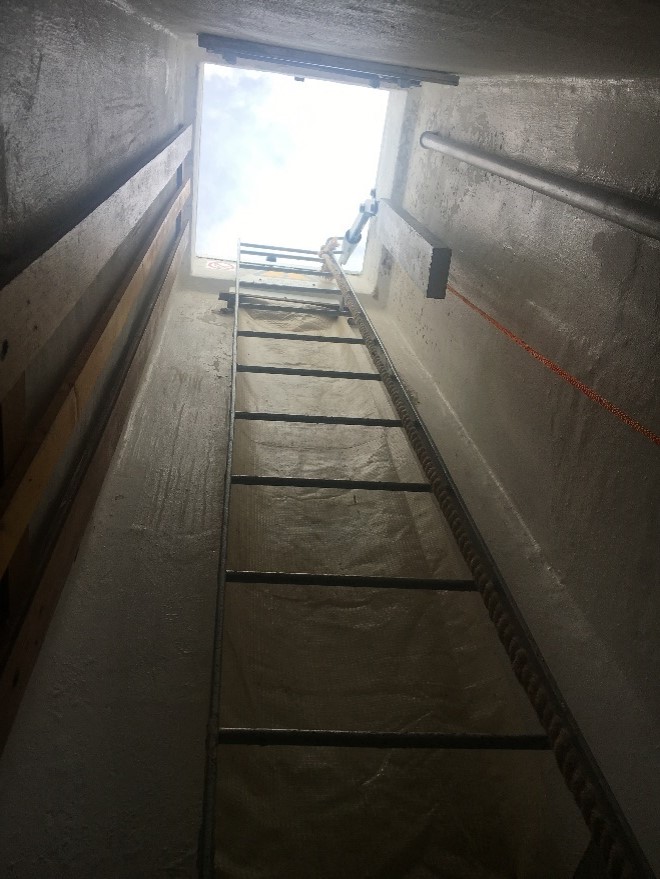
View from the bottom of the ladder at Traquair 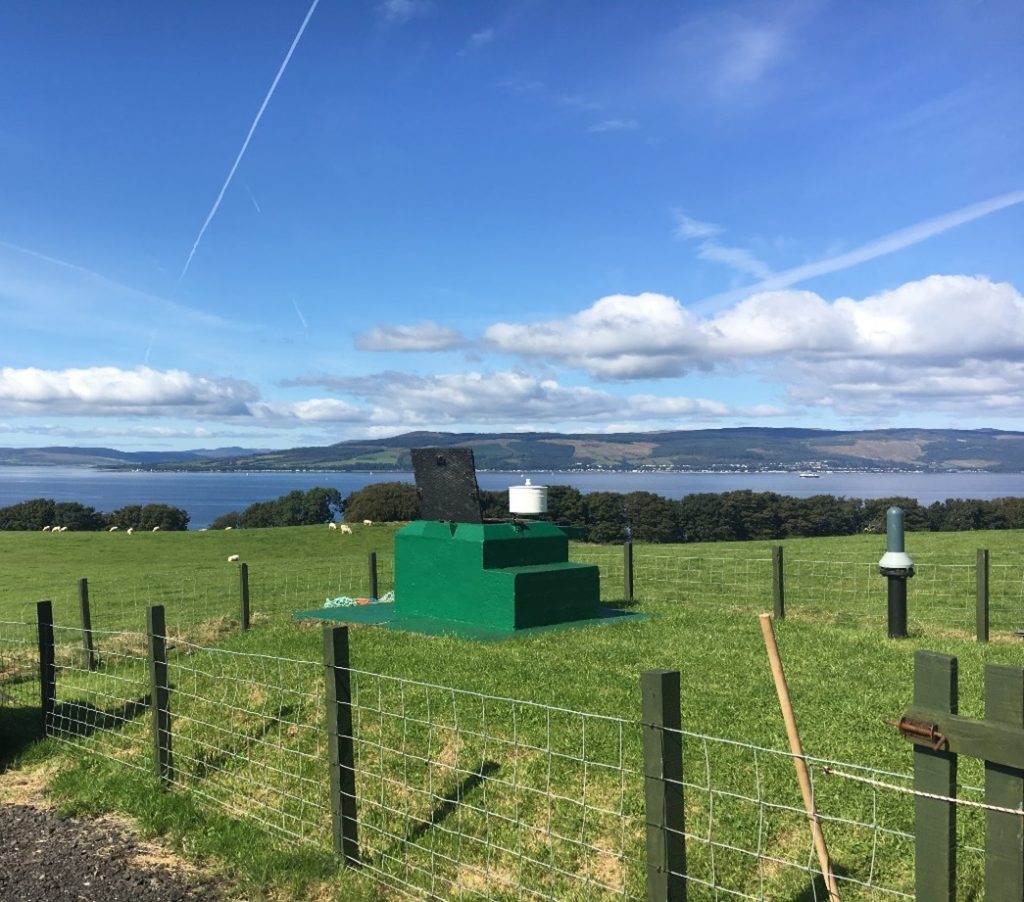
Selmorlie ROC
When called to action, or while practising, Observers would descend the 15ft entry shaft by ladder into two small rooms: a small chemical toilet cupboard and a larger 15ft by 7ft room. From the larger room, Observers would operate the monitoring and communications equipment, as well as rest. The environment was naturally cool and damp, and relatively dark with only a 6-watt bulb light for illumination. The basic human needs of the observers were covered despite the lack of running water or a constant supply of mains electricity.
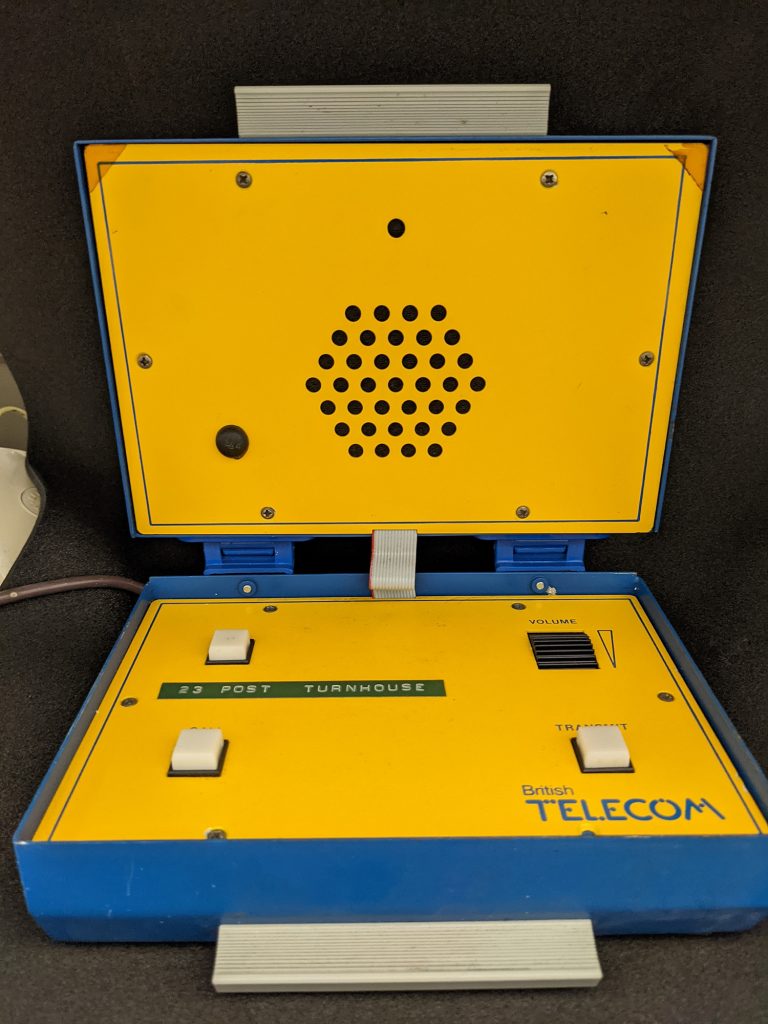
The specialist equipment provided, such as the Bomb Power Indicator, the Ground Zero Indicator and the Fixed Survey Meter, allowed Observer to read real-time information about the power and location of the nuclear bomb, which they would then communicate to the Group Headquarters. Communication was paramount between posts and the HQ and required unique devices such as the Teletalk to link the posts together using existing telephone lines. Additionally, each post had a Carrier Warning System which would warn of imminent attacks, fallout radiation and give the all-clear.
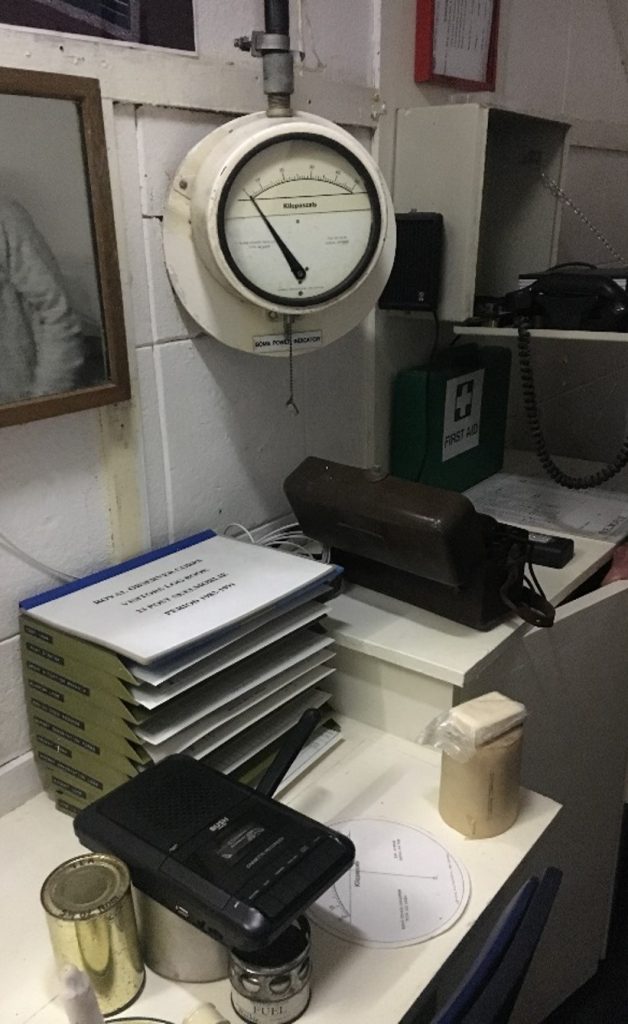
Inside of Skelmorlie post showing the white Bomb Power Indicator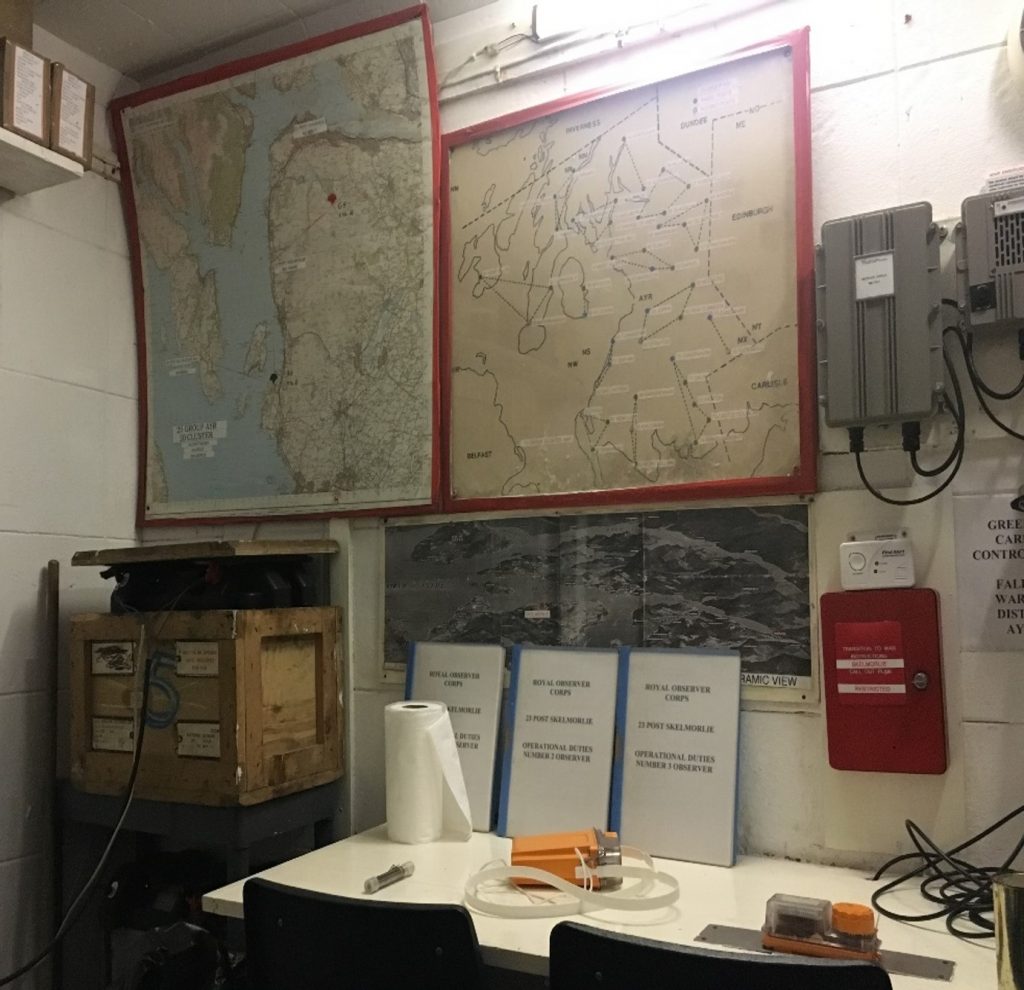
Inside of Skelmorlie post showing the orange Fixed Survey Meter mounted to the table.
The working life phase of ROC objects came to an end in September 1991 when the organisation was stood down. The Home Secretary’s statement on the review of emergency planning stipulated that the ROC was now obsolete and new developments in bomb detection instrumentation would fulfil their role. Senior Observers were advised to remove all equipment from the posts and return items to the Group HQ. This clearing of the posts was not always thorough, and some items can still be found in the posts.
Shortly after stand-down, a group of Observers from the Edinburgh HQ at Turnhouse, now Edinburgh Airport, gathered almost a complete contents of an underground monitoring post and donated it to the National Museum of Flight. This includes all the key pieces of monitoring and communications equipment as well as a supply of domestic items used to cater for the Observers. Domestic items include cooking utensils, a box of rations and even Government issued toilet paper! The museum also has some of the fixtures and fittings of the underground environment including the bunk beds, the keys and padlocks used to lock the hatch and even the door into small toilet.
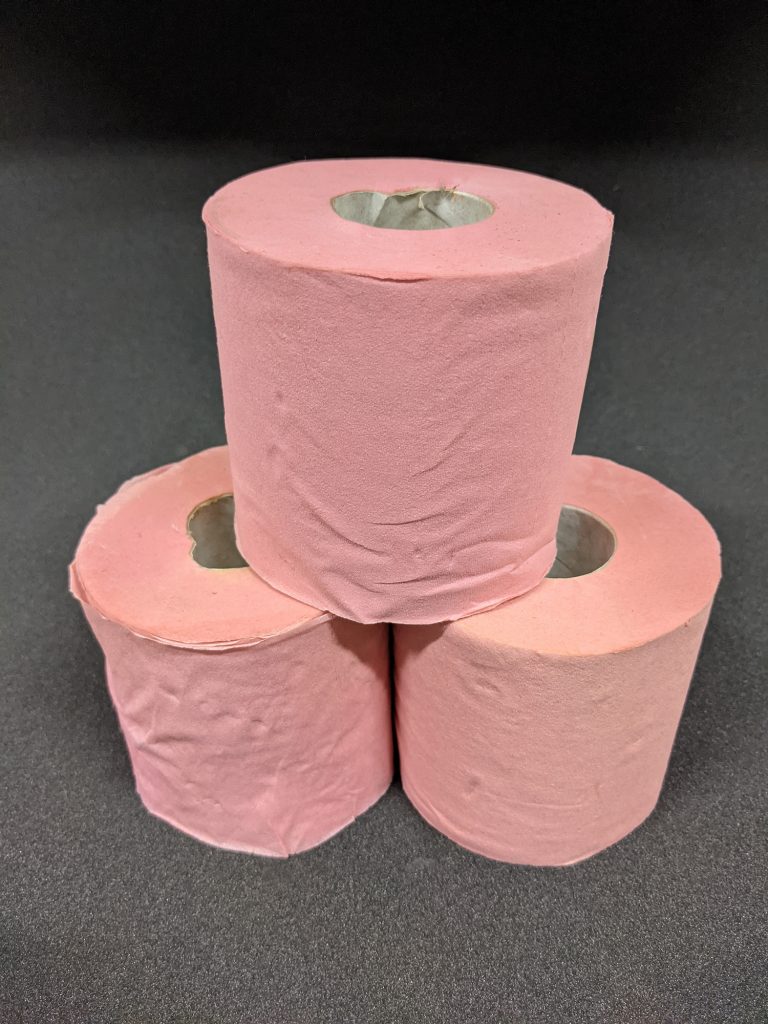
These fascinating objects represent the sacrifice Observers were willing to make had Britain been attacked by nuclear weapons. Former Observers today continue to share their history with the public by preserving former posts and demonstrating how the equipment would have functioned. Several heritage groups have restored posts, including excellent examples at Skelmorlie, Arbroath and the Dundee 28 Group Headquarters among others.
Thirty years on from stand-down, the legacy of the Royal Observer Corps lives on through preserved objects and the dedication of former Observers and enthusiasts.